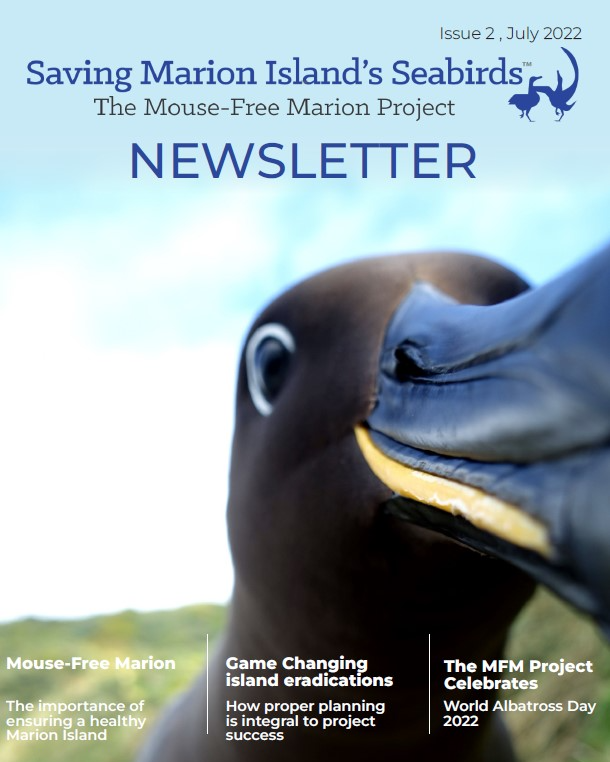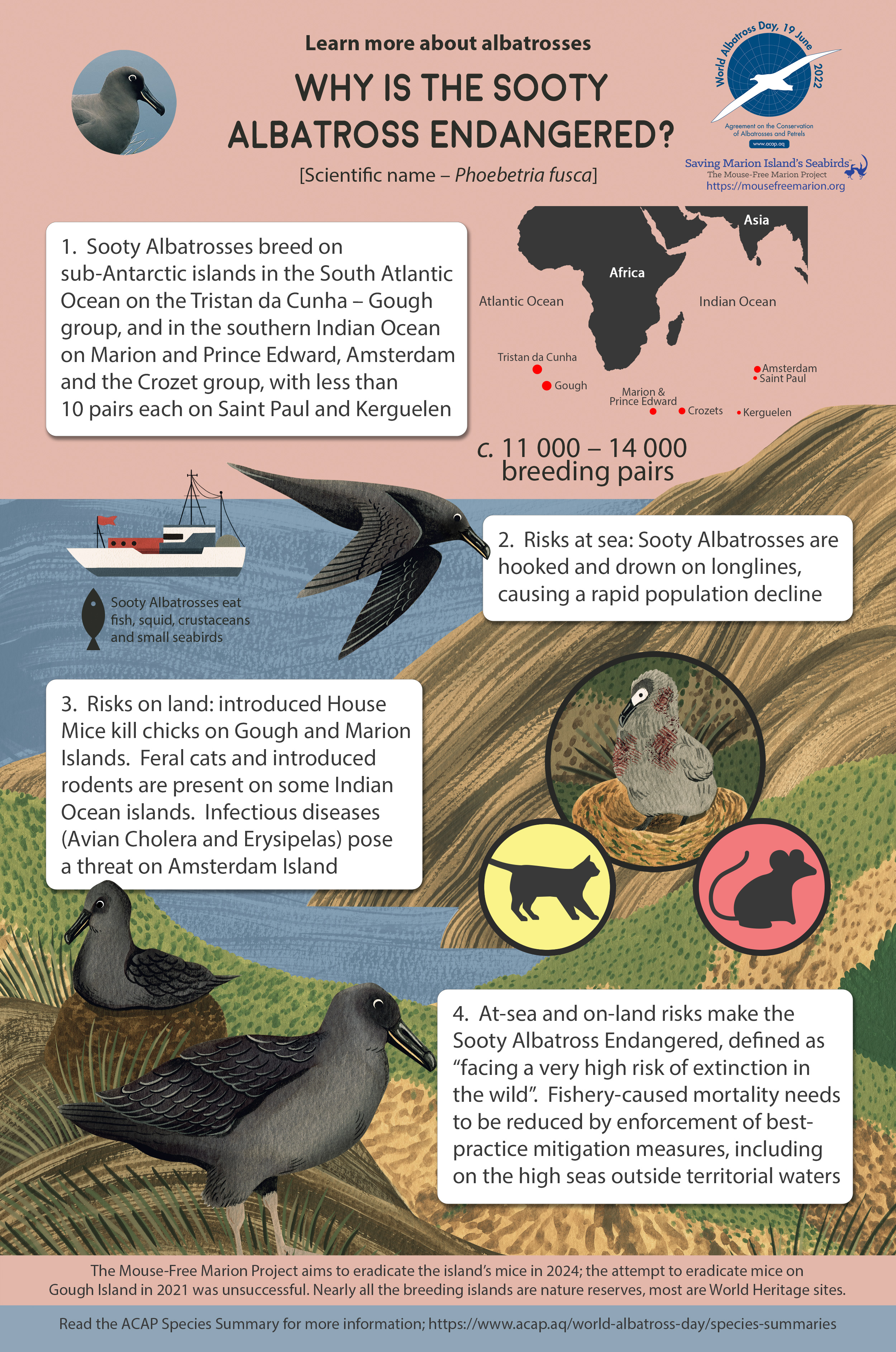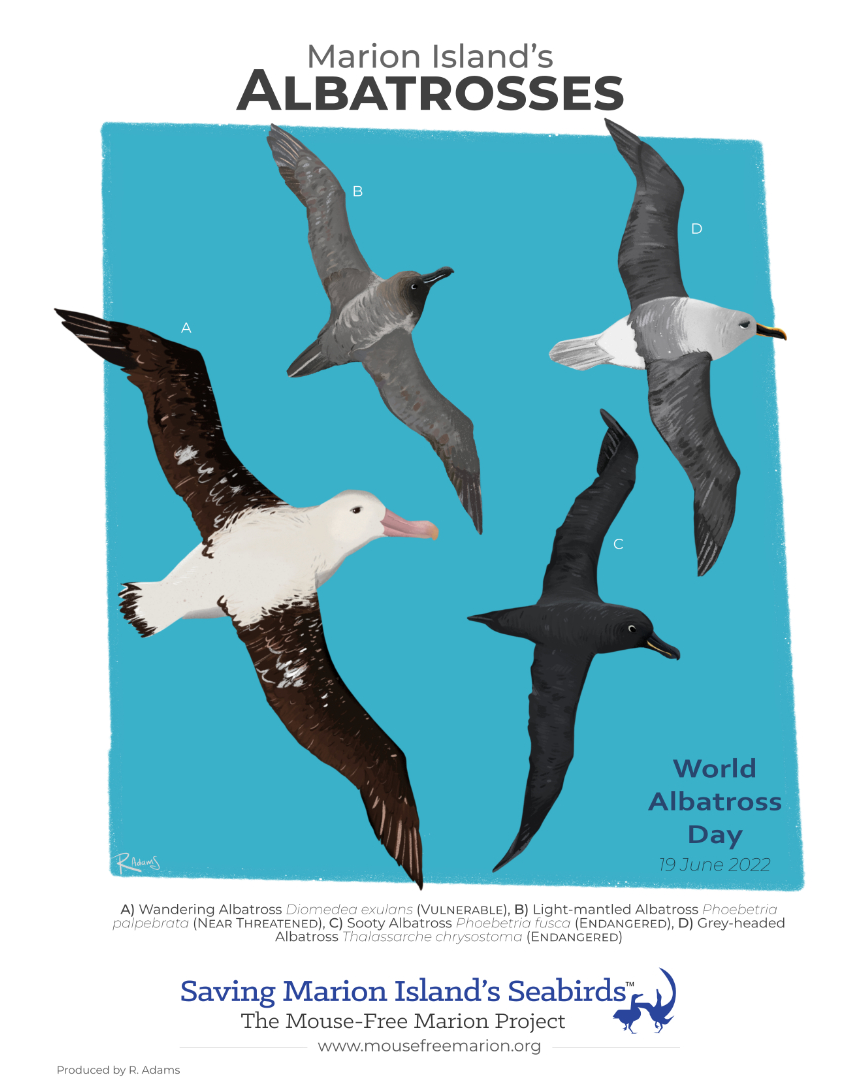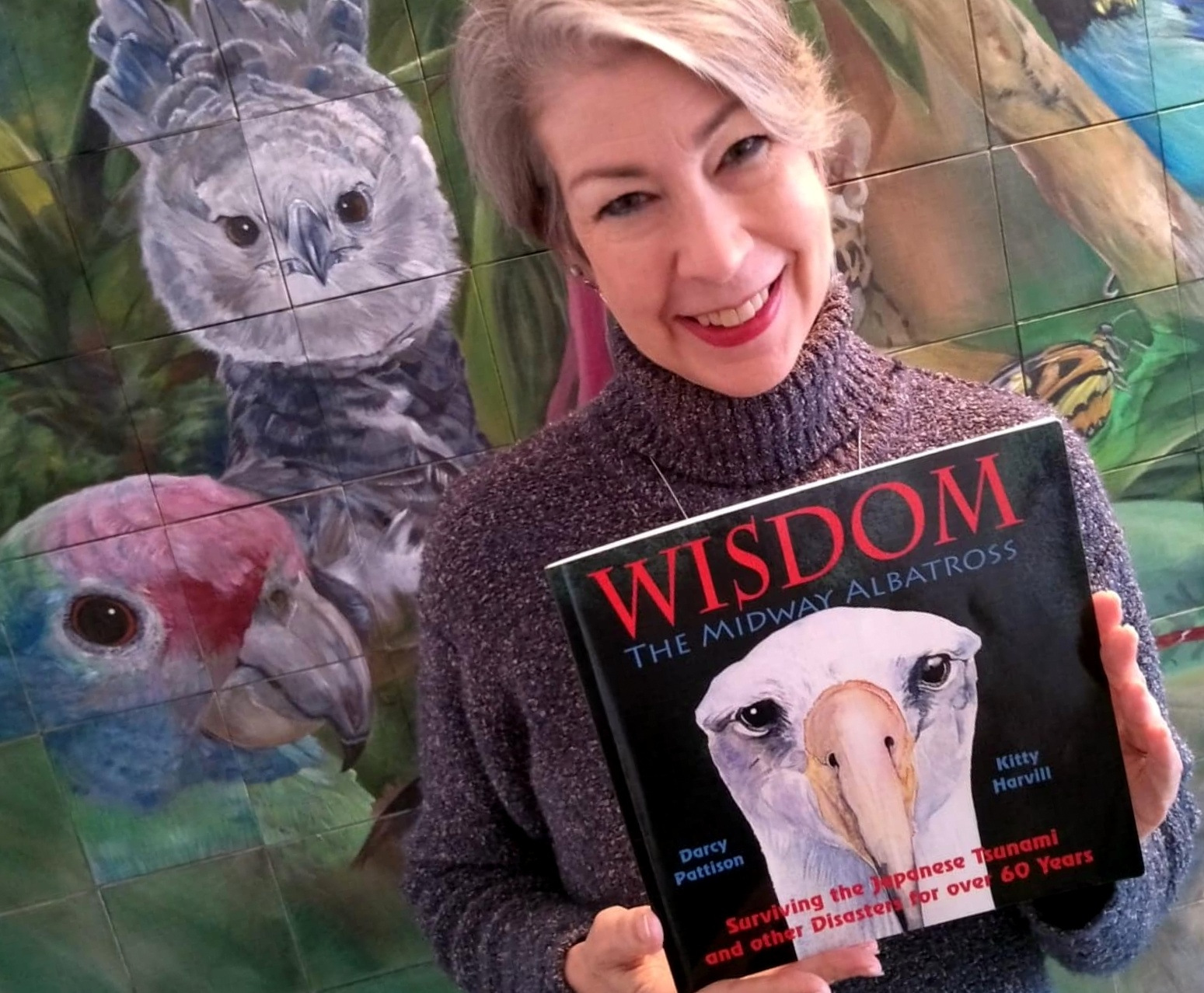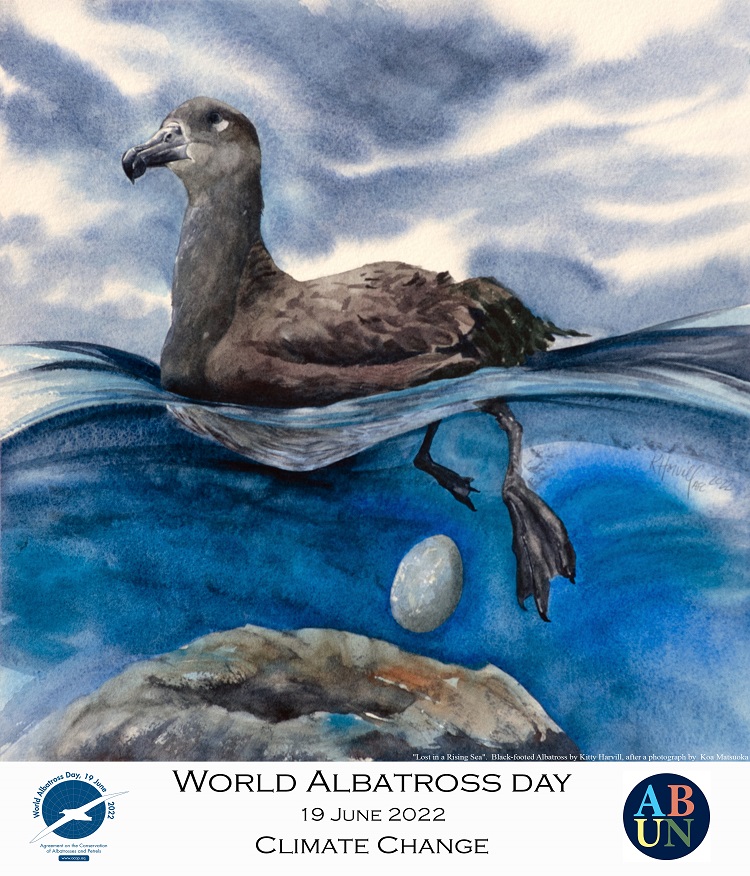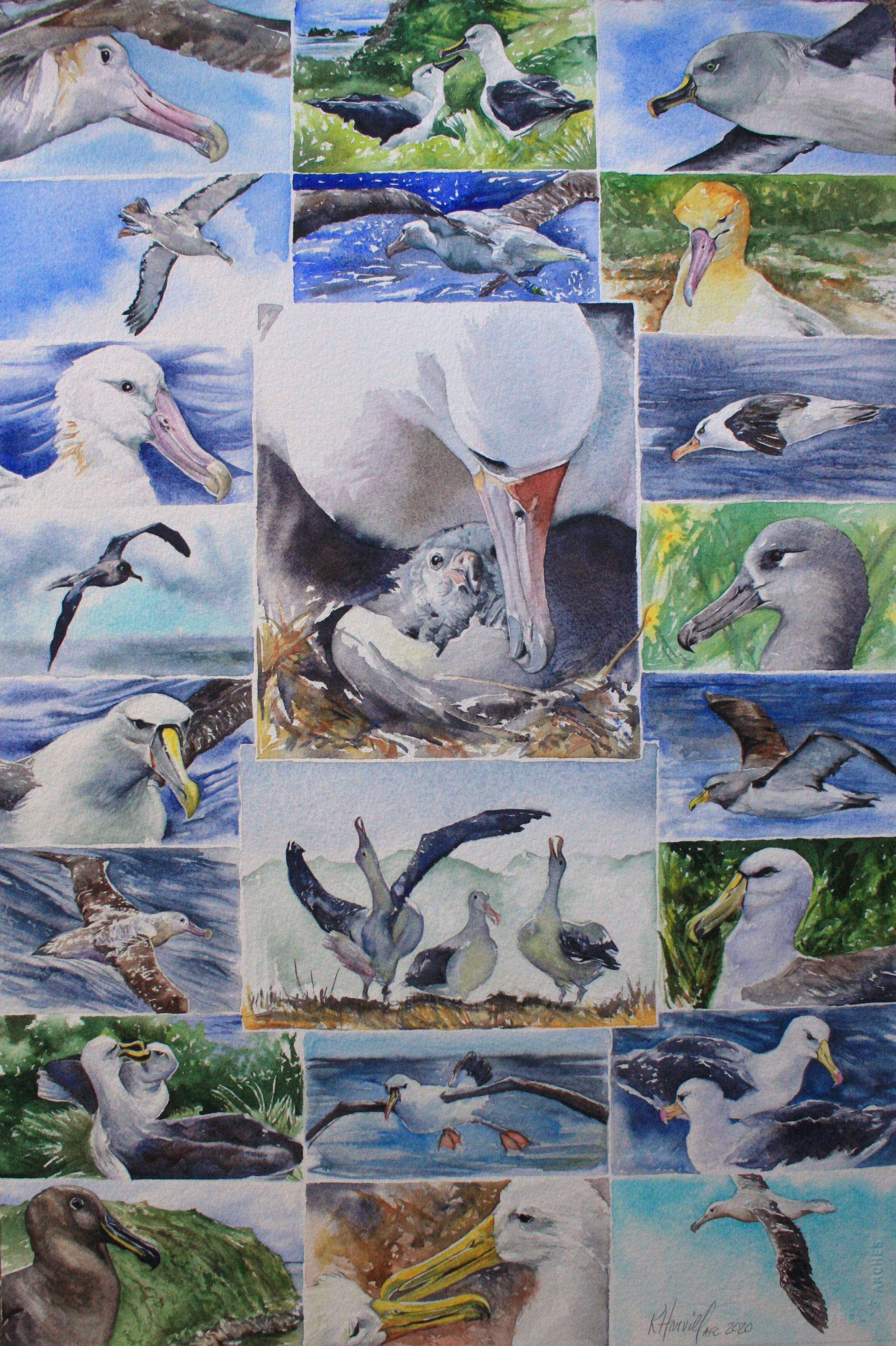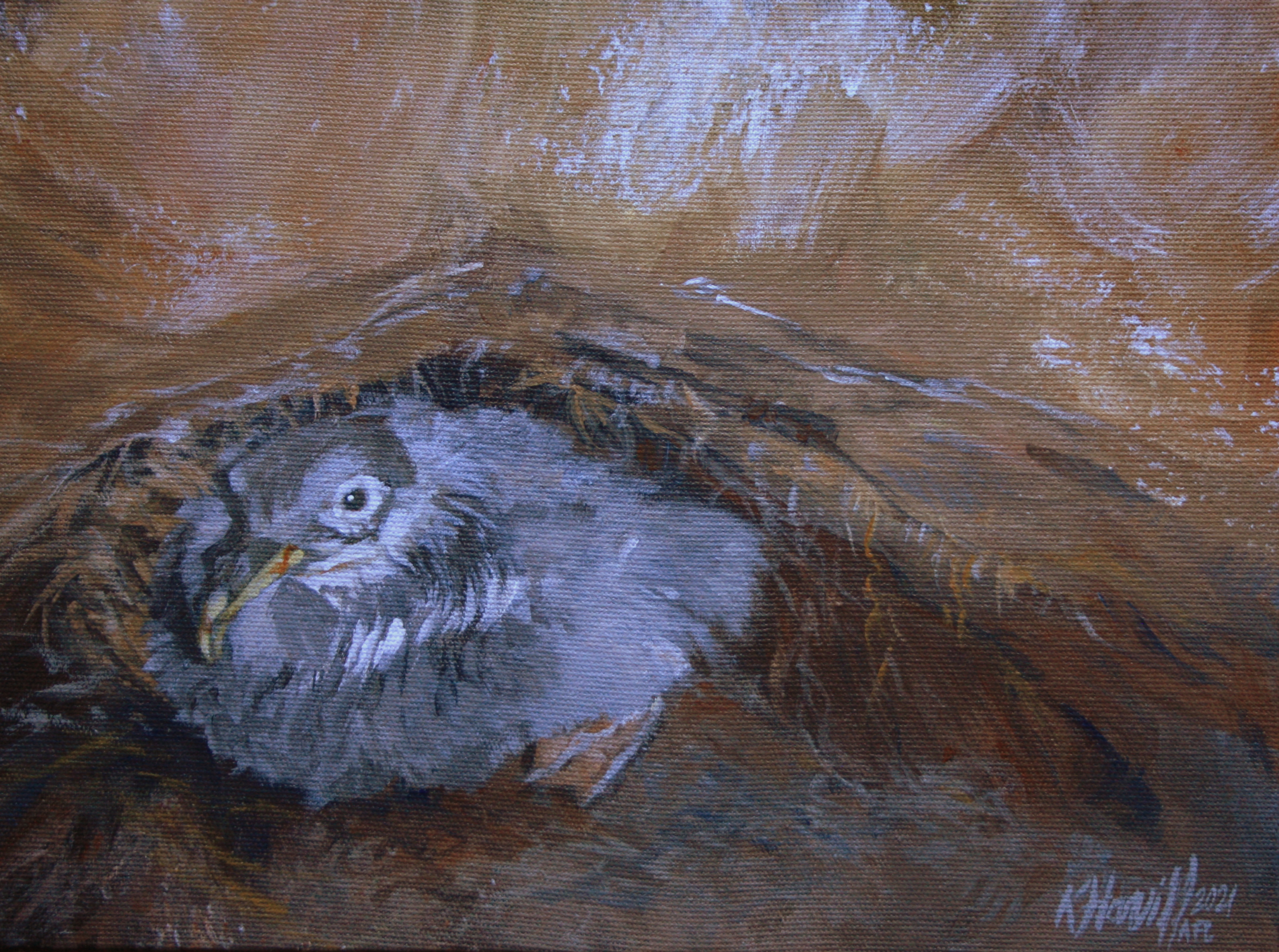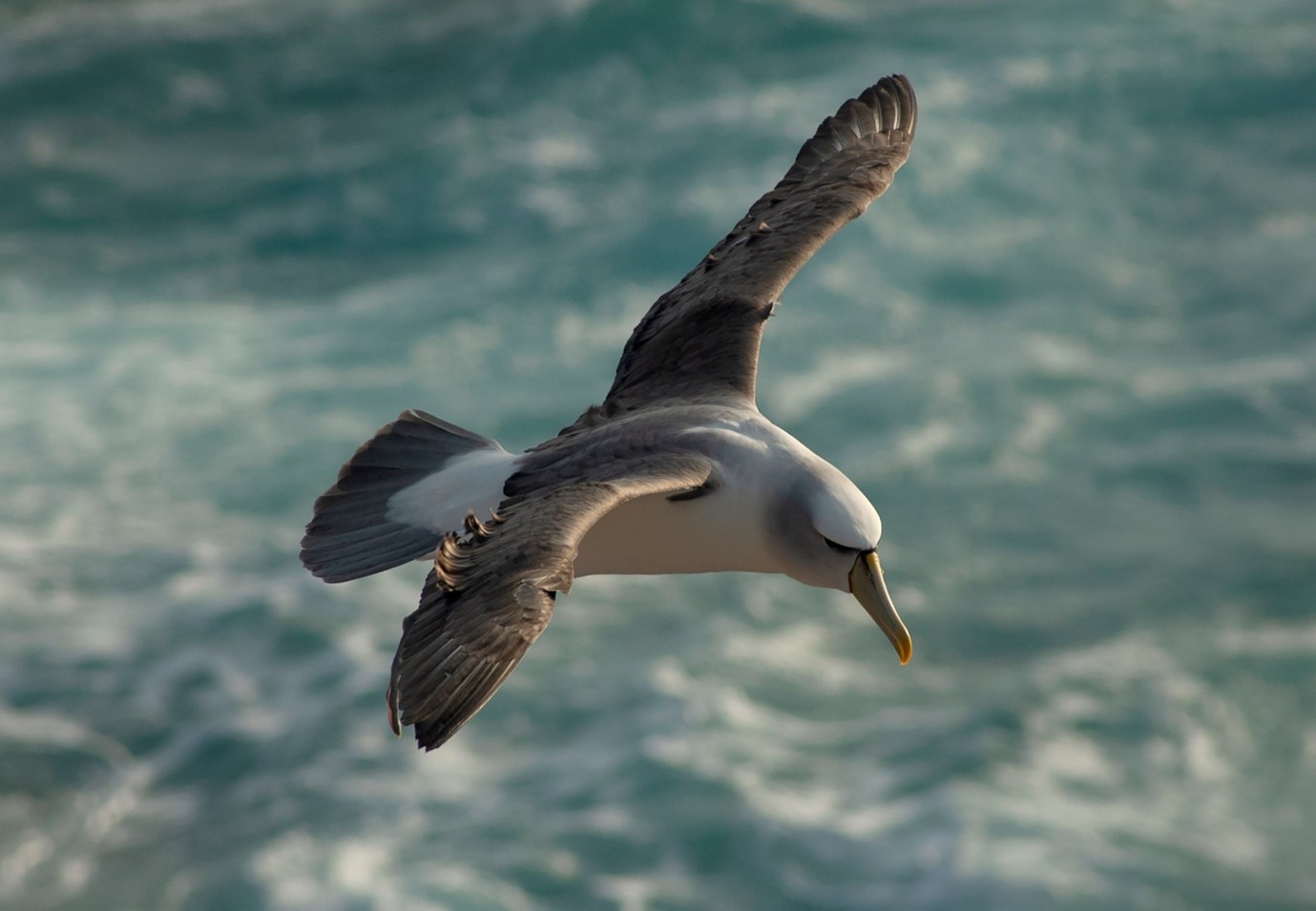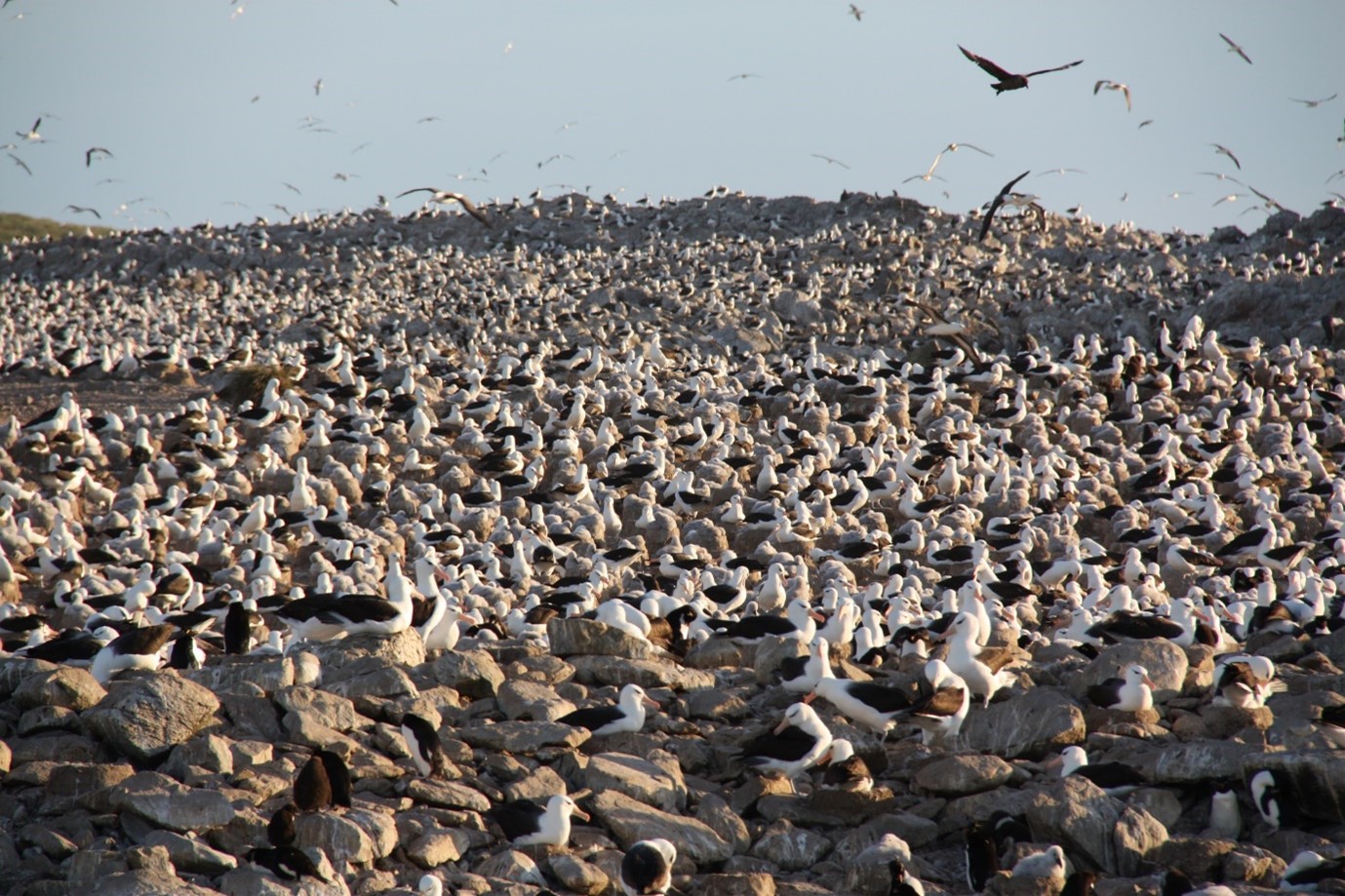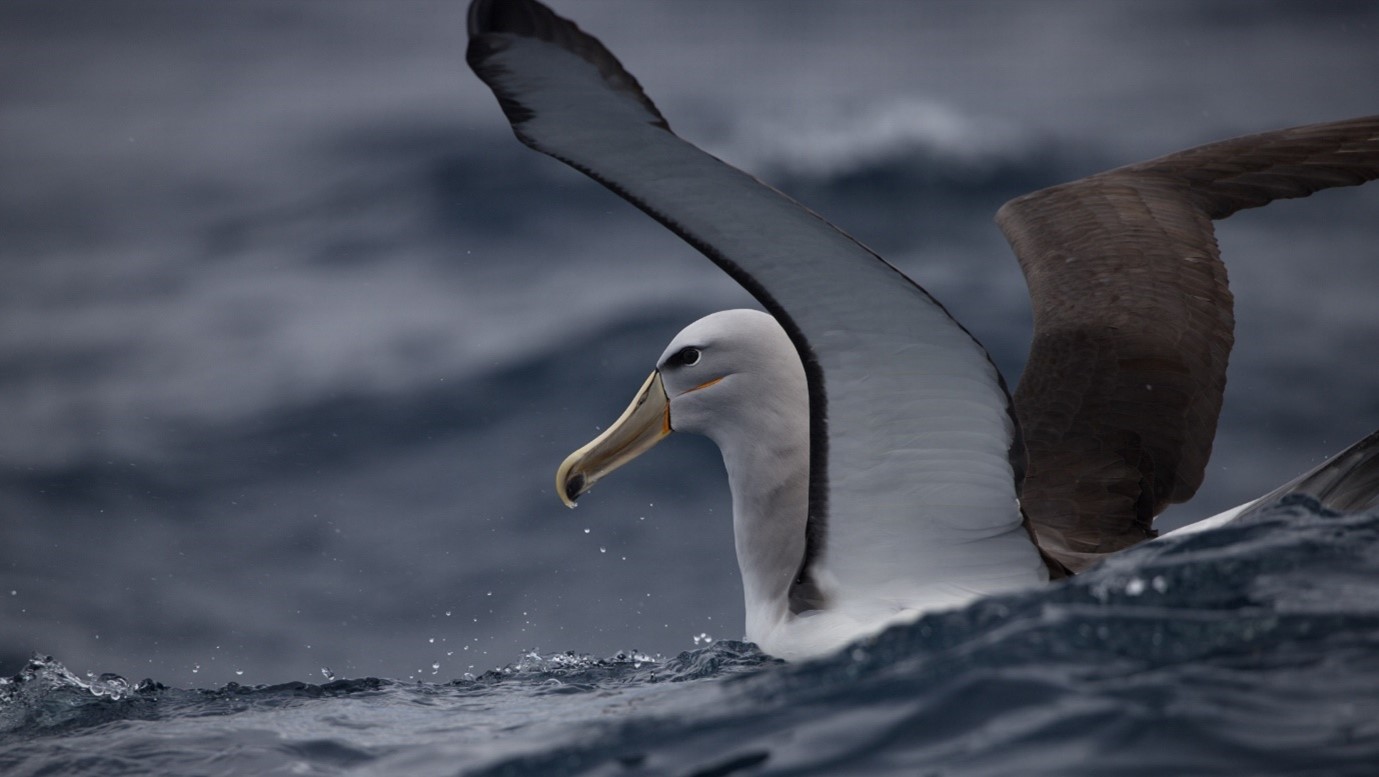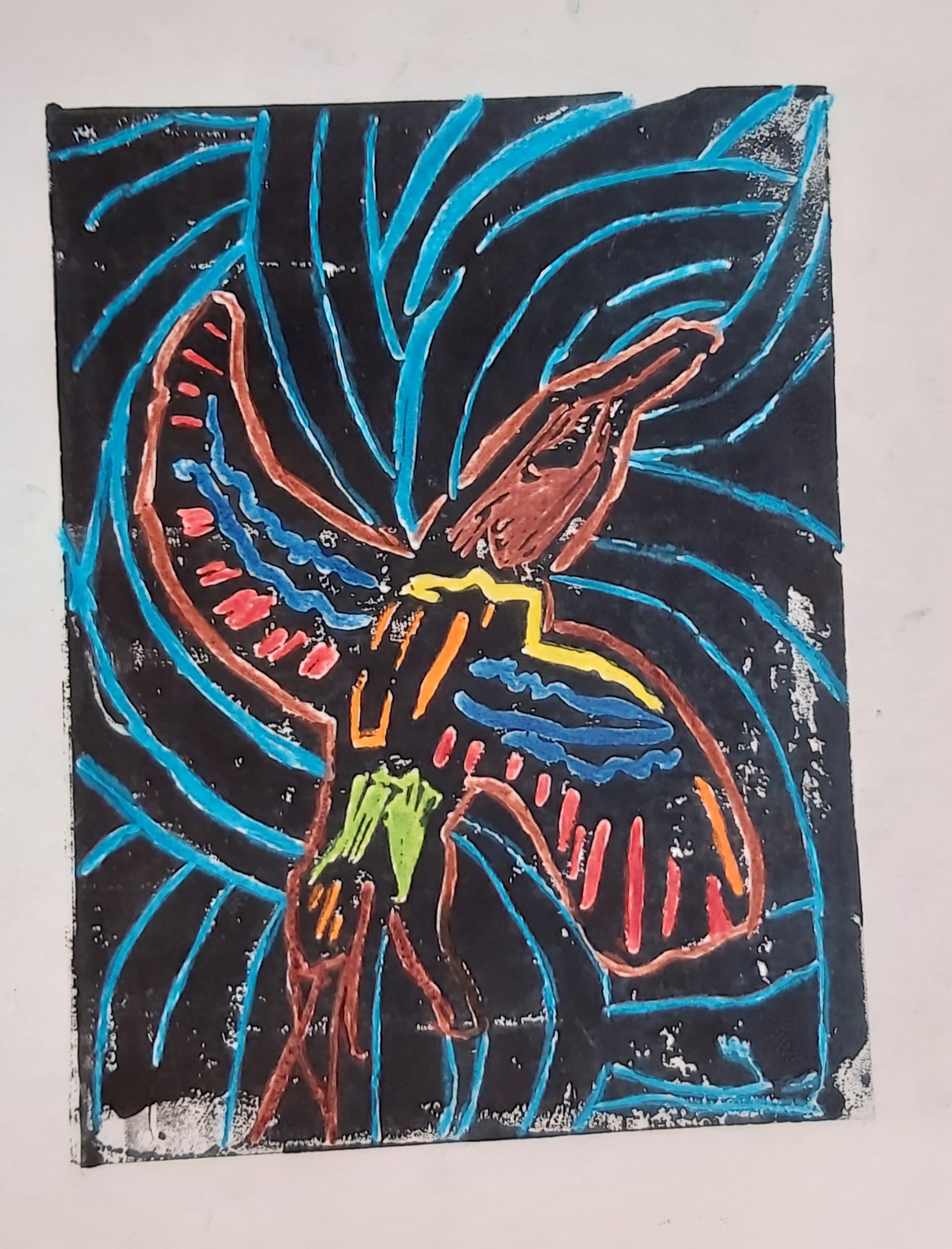
The Butterfly Art Project was founded in 2010 in greater Cape Town to train and mentor Community Art Facilitators who provide psychosocial support to children in under-resourced South African communities through art therapeutic classes. The project’s art classes help children develop healthy coping mechanisms for processing stress and healing from trauma. It aims to encourage creativity and healing through art to build strong communities of active, artistic and stable citizens that can recognise and utilise opportunities. This year, 249 facilitators are serving over 10 200 children in 112 communities.
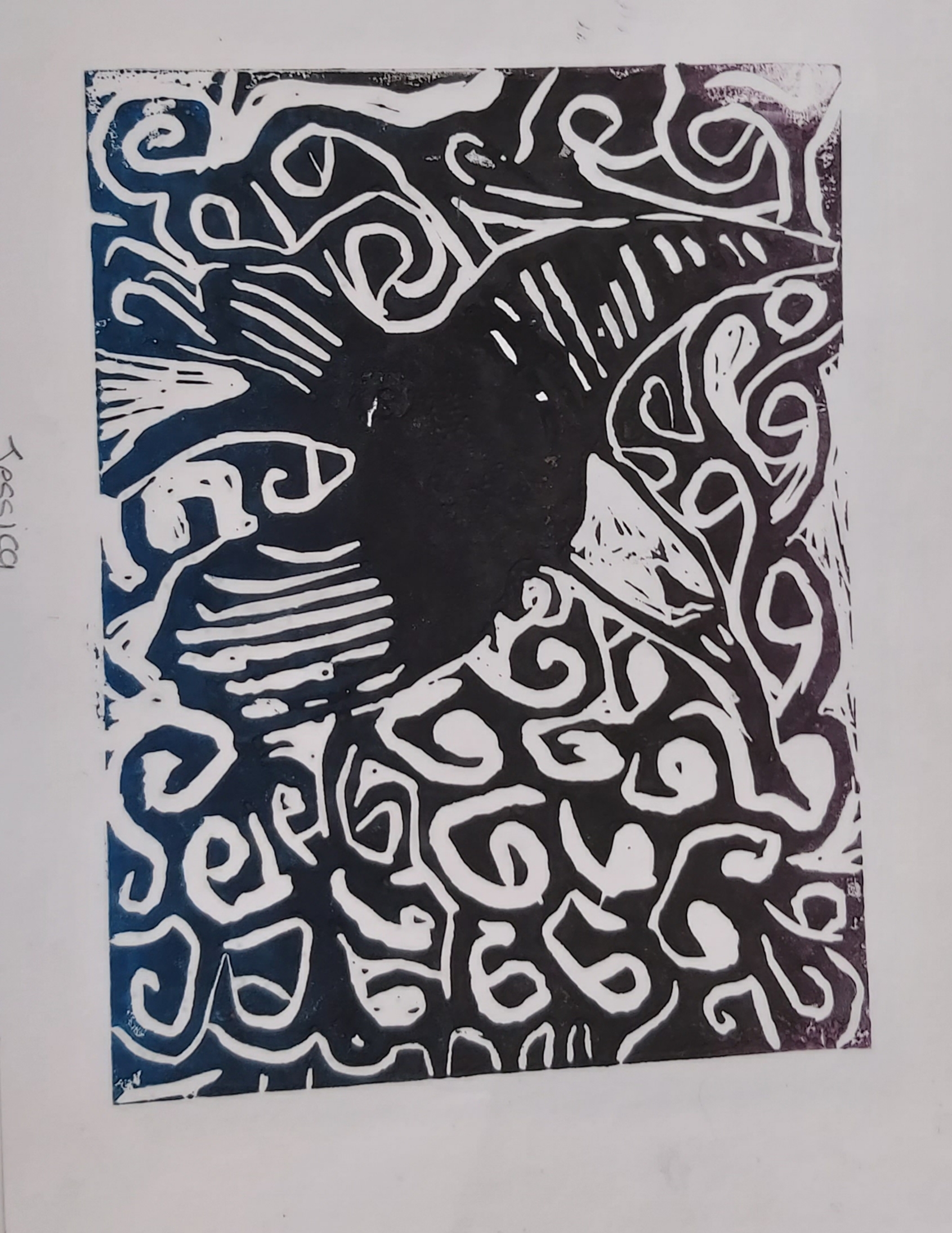
This year’s theme for the project is entitled Trial of Courage, focusing on print making via the linocut process. Albatrosses were chosen as the theme’s inspiration, taking note of how introduced House Mice on South Africa's sub-Antarctic Marion Island had become a threat, both to the island’s albatrosses and to their environment. Sanet Visser, a Community Art Facilitator based in Vrygrond, has written to ACAP Latest News explaining that the project asked children in the participating schools whether they knew albatrosses shared with us the same danger to health caused by mice. She went on to say that the children enjoyed the process of producing artworks via lino printing; three of which are illustrated here. The children's art will be on display in a Cape Town shopping mall from Mandela Day on 18 July to 31 July.
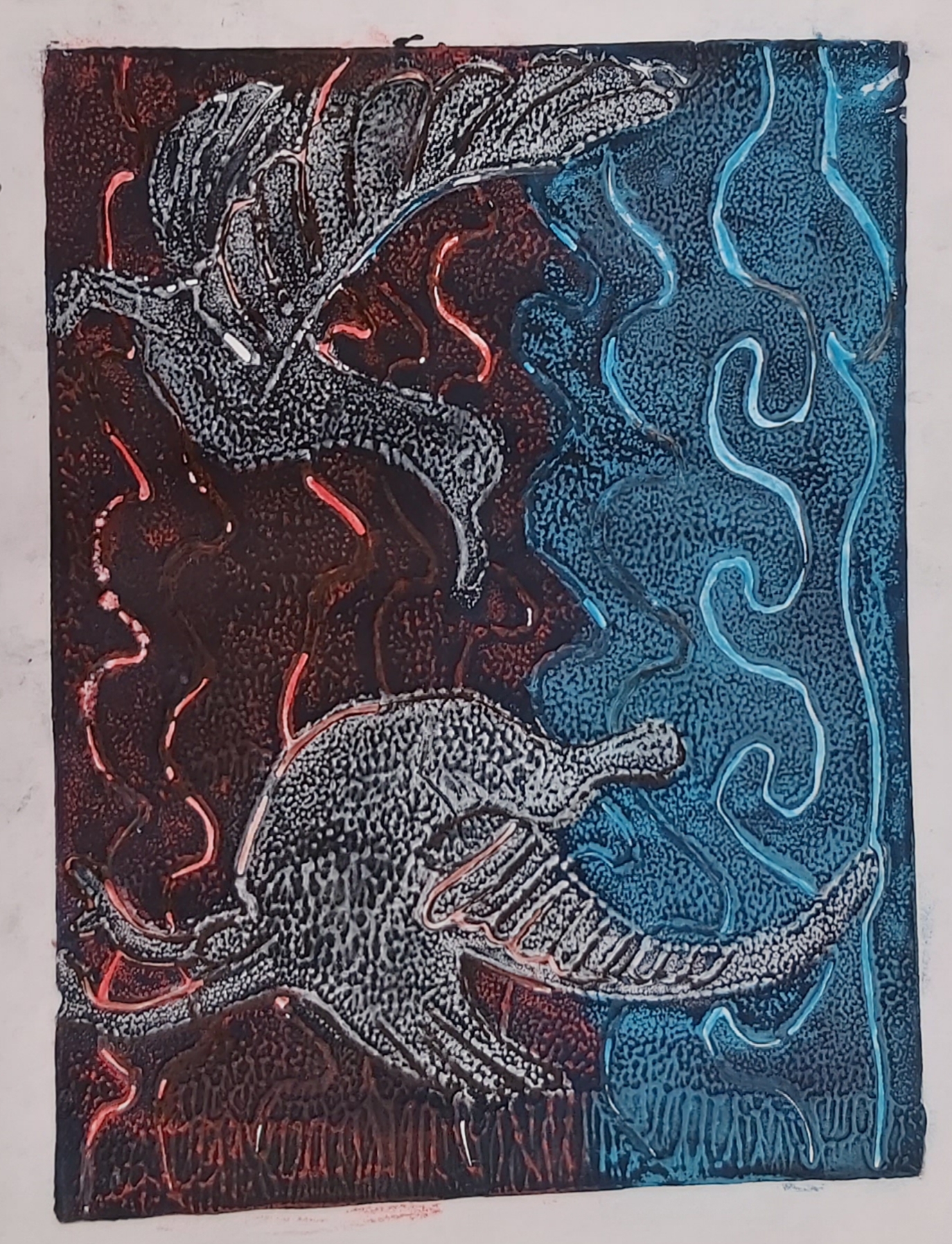
Read more about the Butterfly Art Project on its Facebook page.
With thanks to Sanet Visser, Community Art Facilitator, Vrygrond and Robyn Adams, Communications Officer, Mouse-Free Marion Project.
John Cooper, ACAP Information Officer, 15 July 2022

 English
English  Français
Français  Español
Español 
